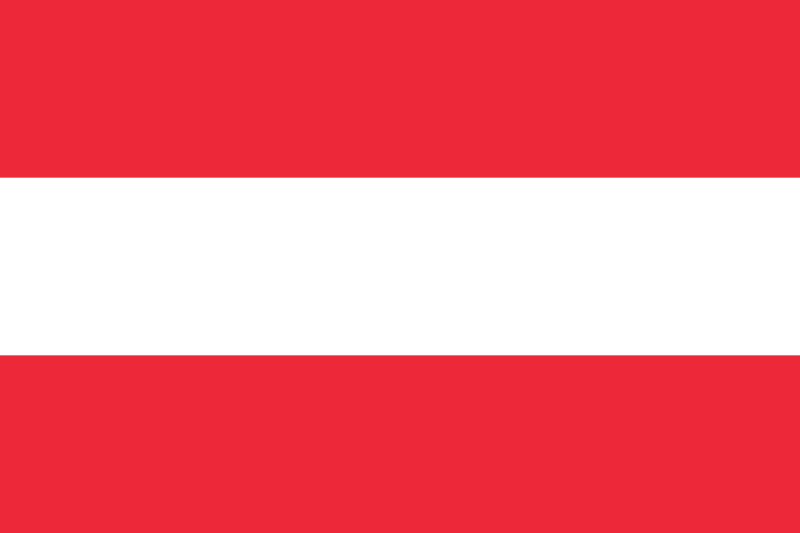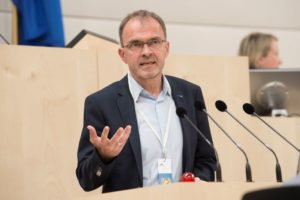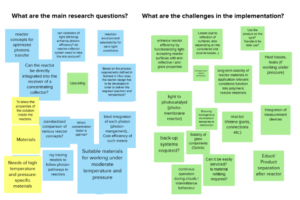Austria Solar: “What we need now are innovations that we can present to the world!”
November 27, 2013
Since 1 October, the Austrian solar thermal association Austria Solar has had a new Managing Director. Doris Hammermüller replaced Roger Hackstock, who left the association on 30 June 2013 after leading it for twelve years. Hammermüller, who holds a Diplom degree in Social Work, has had an interest in solar thermal since the 1990s. She was co-founder, board member and long-time representative of the association AEE Work Group Renewable Energy Lower Austria – Vienna and was the association’s managing director between 2003 and 2013.
Solarthermalworld.org: You have already been actively involved in the solar thermal field from the beginning of the 1990s on. What sparked your interest in the sector and what do you find most compelling about it?
Hammermüller: In 1990, I went to Gleisdorf to take part in an information day by the AEE Work Group Renewable Energy – back then, still entirely made up of do-it-yourself groups who developed and installed the first solar systems in Austria – because I wanted to use solar heat for my house, which was about to be renovated. At the end of the day, I was convinced I wanted not only a warm water, but also a heating system. Already on that day many years ago, I thought to myself: “There is a future for me here, too.” At that time, however, I was still employed as a social worker. Well, I set up my collectors and – with a lot of support – I was one of the first in Lower Austria to receive a solar heating system. Aside from the technology, I really enjoyed the company of the people in the field and their enthusiasm with which they did their work.
What I find fascinating about solar thermal? The answer is: Still being able to use the sun’s heat to shower or wash the laundry in November. I soon also developed great appreciation for well-run systems and exciting integrated solutions. My friends call my solar heating system my Tamagotchi, because I simply enjoy using solar heat to optimise my energy consumption.
Solarthermalworld.org: What is your aim as Managing Director of Austria Solar?
Hammermüller: Solar heat has had a deeply rooted tradition in Austria and people here are very appreciative of it. Climate change has made us pose important and urgent questions. Solar heat is one solution! Over the next ten years, we will expand the solar heat share to at least 10%. We need five times as much energy to heat the house than we need to power appliances. Solar heat has so many advantages: It is available everywhere without the need for network connections; it does not cost anything after installation; it comes completely without emissions; and it is available in abundance.
Solarthermalworld.org: One area that your predecessor, Roger Hackstock, had focussed on over the last years was solar process heat. How do you want to continue what he started and how do you judge the potential within the industry?
Hammermüller: I also believe that there are good reasons for developing large-scale plants. The first assessments of the potential in the sector have already been carried out. What is important is that the political environment promotes changes in which energy we use. Unfortunately, this means it will be about extremely short payback times. Another criterion for success will be how receptive the solar heat industry and the respective sectors are to a shared learning experience, in order to integrate the products as well as possible into the relevant processes.
Solarthermalworld.org: Austria had been one of the lightning rods in solar thermal development for decades. But what has mostly made the headlines since 2010 were announcements of bankruptcies, sold-out companies and dropping sales. In your opinion, what have been the reasons for the current decline?
Hammermüller: The current development originated – as in most other industries – from the economic decline across all sectors during the crisis of 2009/10. That the solar heat industry has not recovered from the experience shows that we have not yet been able to successfully position solar heat among the other – new and booming – technologies. In a time where innovations are happening on a daily basis, such as with cell phones, it is important to always showcase one’s own innovative potential.
Solarthermalworld.org: What impulses does the thermal market in Austria need to recuperate and grow again?
Hammermüller: What we need now are innovations that we can present to the world! If we can build great and innovative plans over the next 3 years, the worst will be behind us soon. What seems to me to be the most important steps to take are the quick implementation of customised process heat plants and the very promising development of the 100% Solar House. And, of course, it would be helpful to establish a political framework which ensures that the use of renewable energy is a long-term political goal.
Solarthermalworld.org: Where do you currently see the greatest growth potential for solar thermal?
Hammermüller: First, in the industry – here, especially in the food industry –, but also in the health business and in care homes, such as in hospitals and in housing for the elderly.
Solarthermalworld.org: On which areas do you want to put the spotlight in the future?
Hammermüller: I am most looking forward to being able to present as many innovative ideas as possible over the next months. This will help us to provide an up-to-date but accurate picture of the distinct advantages of the technology and its future benefits. Another focus will be on in-house and external preparations to assist stakeholders with customising and integrating process heat systems.
More information:
http://www.solarwaerme.at/ (only in German)
http://www.aee.at/aee/index.php (only in German)


